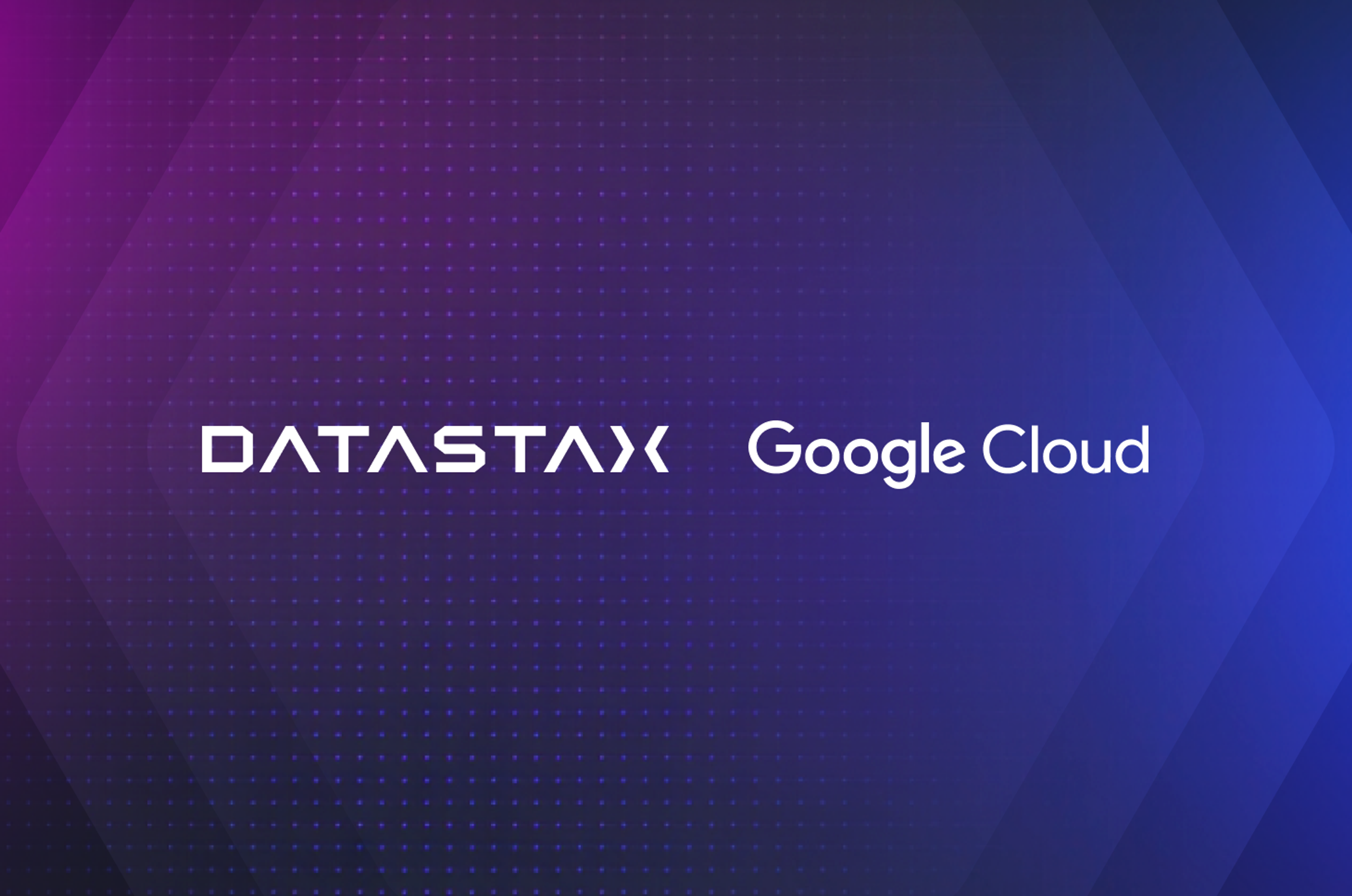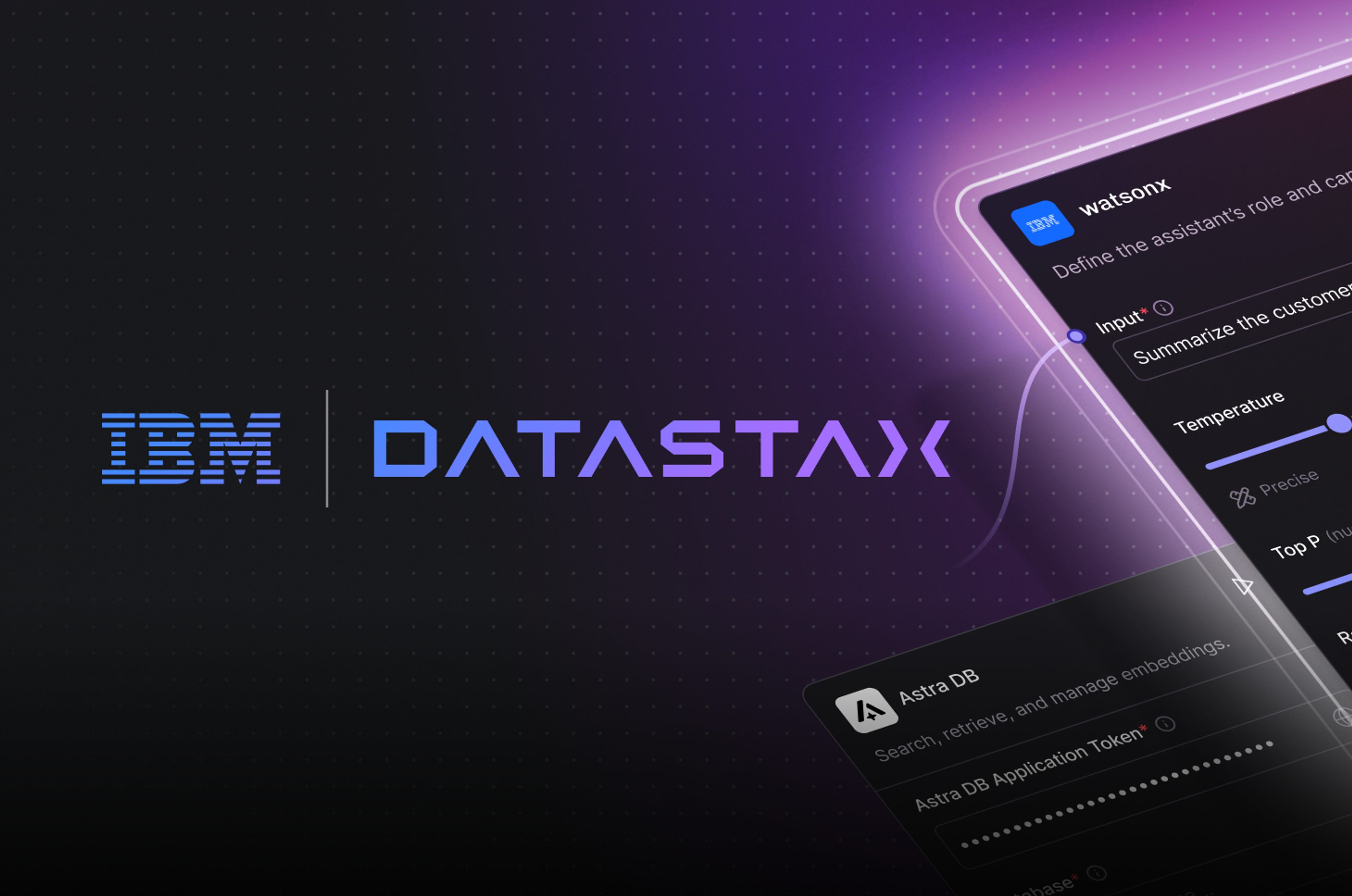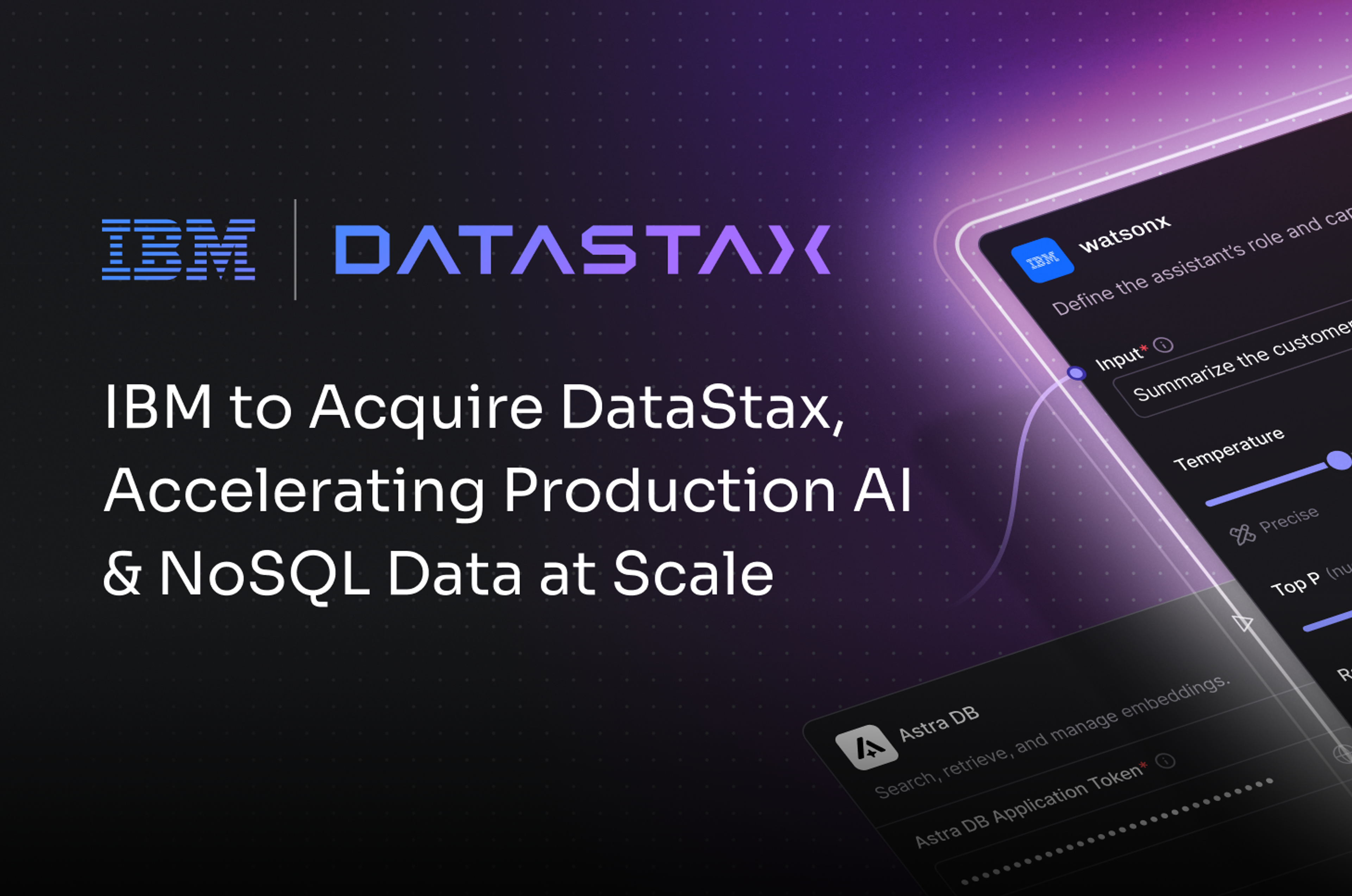Software has come a long way in a relatively short period of time. If you’re old enough, you probably remember using software in the ‘80s or ‘90s, at least to some extent. Programs were primitive, they took a while to load, and they didn’t have tons of features. Fast-forward to today, and we all know what modern applications look and feel like. They’re powerful, they’re fast, and they’re reliable. We also know what happens when apps aren’t built correctly. They’re slow, they’re not always available, and they’re often buggy. If your goal is to build modern applications that scale seamlessly and delight their users, here are the five things they will require.
1. Scalability
When customer-facing applications can’t scale, the user experience crumbles. A lack of scalability hurts the pocketbook. On Prime Day 2018, for example, Amazon’s servers crashed for an hour. By some estimates, the company lost $100 million in revenue during those 60 short minutes. Later that year, on Black Friday, J.Crew’s website crashed, costing the company upwards of $700,000. Do you think shoppers ready to buy something that day decided not to make any purchases because J.Crew’s site was down? Or do you think they went to a substitute website to find the best deals? Lack of scalability also has bleak implications on employee-facing apps, which strain to keep pace with highly distributed and highly mobile workforces. This hypothetical scenario has major implications. According to Gallup, highly engaged teams translate into a 22% uptick in profitability. To ensure applications can scale regardless of how many concurrent users there are and where those individuals are located in the world, many organizations end up in hybrid cloud environments that enable them to easily spin up or spin down servers as usage needs change.
2. Performance
Thanks to mobile devices and 4G (and soon-to-come 5G) networks, we all know how fast modern applications should work. When they don’t meet our expectations, we don’t have much tolerance. For example, nearly 80% of customers say they are less likely to buy from the same ecommerce site when website performance is suboptimal. One way to speed up performance is by building applications with microservices while taking data management into consideration and hosting them in hybrid cloud environments. You can also build high-performance apps by using a modern database designed for the digital world.
3. Resiliency
In a world where data is the new oil (or gold), companies need to do everything within their power to make sure data is always protected and always accessible. Otherwise, you may lose data that enables you to deliver personalized experiences to your customers or you may lose intellectual property that lessens your competitive advantage. Modern applications require resiliency. To this end, leading organizations are increasingly building distributed apps that ensure data is protected even in the event a natural disaster knocks an entire data center offline. With the right database, data is automatically replicated across geographies and multi-cloud environments, ensuring that every user has access to one version of the truth.
4. Availability
Whether your goal is increasing employee productivity, detecting fraudulent financial transactions, or delivering exemplary customer experiences online, you need applications that are highly available. Instead of building with traditional master-slave architectures that have one point of failure or master-master architectures that have several points of failure, smart organizations are increasingly relying on Apache Cassandra’s™ masterless architecture that introduces an unprecedented level of availability. Built on Cassandra, DataStax Enterprise is an active everywhere database that is highly available. In the event a node fails, other nodes will continue to service read and write requests, ensuring maximum uptime. When the node is brought back online, it automatically syncs with other nodes and can once again perform read and write requests.
5. Security
In recent years, we’ve heard of seemingly countless hacks and data breaches. When these events occur, companies are hit with fines and other penalties, and they have to deal with a number of irate customers and bad press. With new regulations like the GDPR sprouting up, there are an increasing number of laws to comply with. Add it all up, and modern applications need to be highly secure. That starts with choosing an underlying data layer that offers industry-leading security capabilities in any kind of cloud environment. You also need to ensure that you’re not locked into any single vendor’s infrastructure. With the right architecture in place, you’ll have data autonomy, or the ability to take your app and your data wherever you want. If, for example, one of the major cloud providers that you were a customer of got hacked several times in a few short weeks, you might decide to move somewhere else. You should have the freedom to host your app wherever you want. Modern applications need to be able to scale, high-performance, resilient, available, and highly secure. The good news is that, if this all sounds like a tall order, it’s actually pretty easy to achieve. With the right architecture in place and an underlying data layer that’s flexible in any cloud environment, you can easily achieve each of these five critical components, ensuring your employees are productive and your users are happy. That’s the ticket to better user experiences, higher output, and a healthier bottom line.









